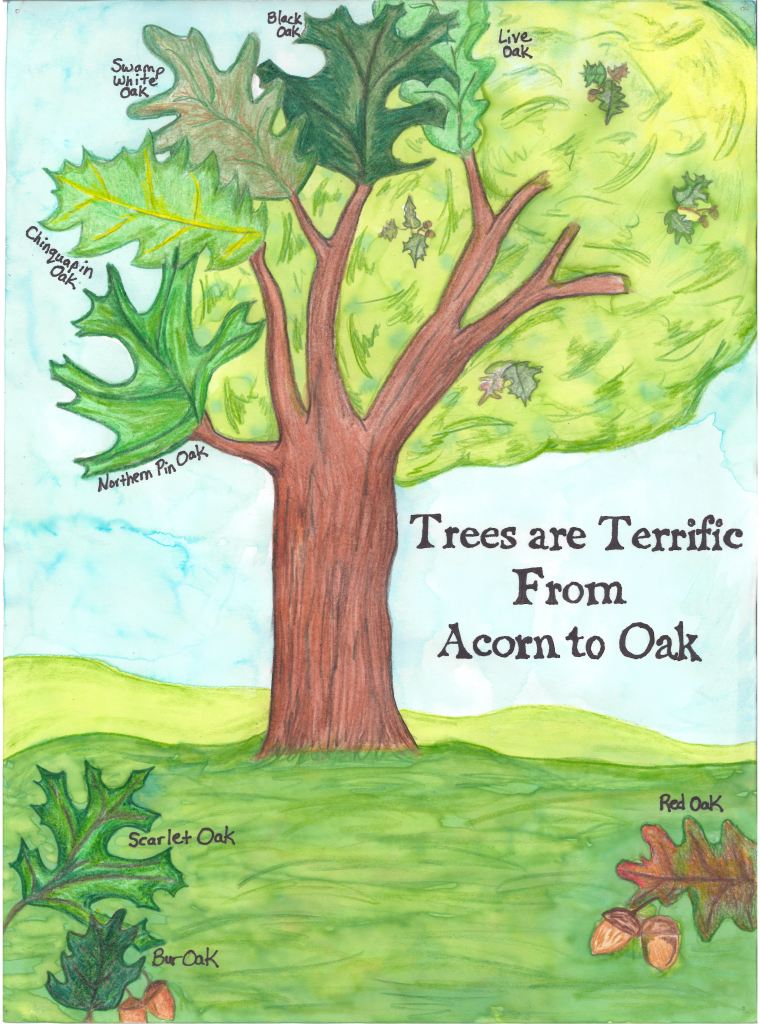In The Woodlands, Texas, on the southern flank of the great East Texas forest, it is time to plant trees again. Arbor Day for 2012 will once again be celebrated in Rob Fleming Park in the Village of Creekside Park on Saturday, January 21 from 10 AM to 2 PM. There will be festivities with special events for children, as always.
In the spotlight will be free tree seedlings. I usually get about 12 seedlings each year and make an attempt to grow them. What I have discovered is that they are very susceptible to the summer heat. This past summer was the worse ever and my survival rate was only about 10%. That required a lot of frequent watering!
This year, one of my favorite trees is being offered - the River Birch. The bark of this tree gives it a rustic look in the yard, a signature no other local tree can boast about. This medium sized tree is ornamental and drought tolerant. If I plant nothing else, I would plant one of these. Another favorite of mine is also in the spotlight of seedlings this year - the White Oak. This tree grows fast and huge, and produces an abundance of acorns to attract wildlife. A great shade tree! My squirrels love it.
Don't forget to plant pines also. Loblolly seedlings will also be distributed. Plant several together in the areas you really want them to be, because over the years, some will die off. If four are planted one foot apart, one is likely to make it to maturity if you keep them all watered. Sun shading by nearby plants also helps in the summer sun. This pine will grow two feet per year, so in ten years you will have a substantial tree to enjoy.
One word of advice - always seek native drought resistant trees. If they grow here normally, many have likely survived significant droughts. This that grow in the East Texas forests naturally protect one another by utilizing the canopy to their advantage and do not normally require much water. But when placed next to concrete or into non-native soil, a tree requires extraordinary care. Often the soil we plant them in is not very nutritionally rich enough to encourage aggressive growth, so we add nutrients. If the resultant soil is chemically altered, we face issues with survival, especially if those nutrients are heat generators. Decomposing materials are heat generators. Utilize the natural soil of the forest floor to the best of your ability. A pine will grow in about all the soils here while not all these trees will prosper in all soils. I wold provide sufficient sand to the River Birch because you will find it flourishing near the creek naturally. Low areas with plenty of sand, like on Spring Creek provide an abundance of prospering trees, even in a drought such as we experienced this past summer. All of these trees love sandy loam soils.
Another word of advice - destroy any invasive trees, especially the Chinese Tallow. As the name implies, the tree comes from China, does not belong here and even kills trees around it by using its root system to deprive water from neighboring trees. It is against the law for a nursery to sell this tree. If you see it in a nursery, please report it. Please do not nurture these trees.
Other seedlings on this year's list are: (1) Two small early spring flowering trees - Dogwood and Redbud. My Redbud has grown so so slow, but remains alive and well after five years; maybe it will bloom for the first time this year! Two experimental Dogwoods did not survive that I planted last year. They were part of a nationwide study program. (2) Red Maple, Wax Myrtle.
Trees are fun and add diversity to our lives. In their adult lives, children can return to the place they planted trees when a child. We do the same as adults. I occasionally visit a home where I lived twenty-five years ago to see the Red Maples planted then in the front of each home. They make a beautiful canopy today on that street,which at the time was very bare. That was definitely a good idea to coordinate neighbors to line the street with a ten gallon tree. Though a tree may may take a long time to mature, it provides enjoyment for years afterwards, even to you returning to see the result of your work.
Hug a tree today and it will give you pleasure tomorrow.
Thursday, January 5, 2012
Subscribe to:
Posts (Atom)




